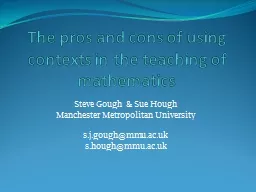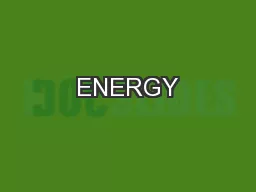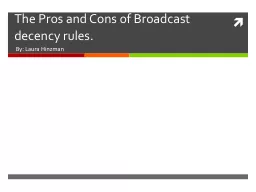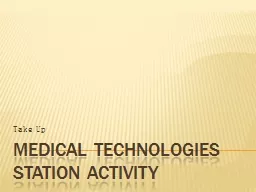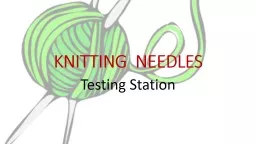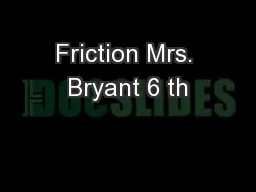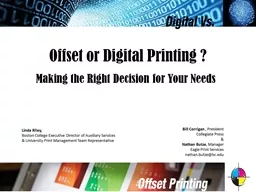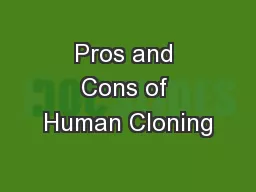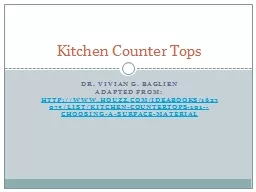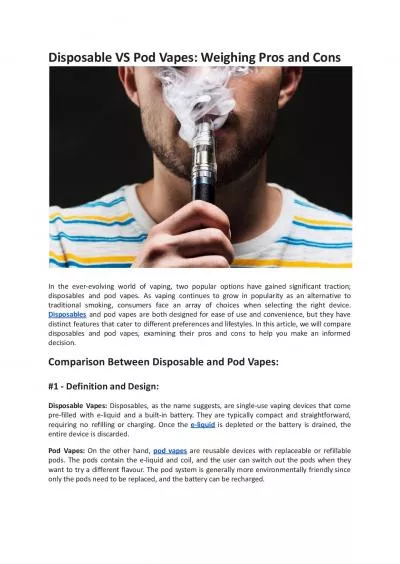PPT-The pros and cons of using contexts in the teaching of mathematics
Author : phoebe-click | Published Date : 2018-02-25
Steve Gough amp Sue Hough Manchester Metropolitan University sjgoughmmuacuk shoughmmuacuk Session Overview Consider how we generally use context in the UK Compare
Presentation Embed Code
Download Presentation
Download Presentation The PPT/PDF document "The pros and cons of using contexts in t..." is the property of its rightful owner. Permission is granted to download and print the materials on this website for personal, non-commercial use only, and to display it on your personal computer provided you do not modify the materials and that you retain all copyright notices contained in the materials. By downloading content from our website, you accept the terms of this agreement.
The pros and cons of using contexts in the teaching of mathematics: Transcript
Download Rules Of Document
"The pros and cons of using contexts in the teaching of mathematics"The content belongs to its owner. You may download and print it for personal use, without modification, and keep all copyright notices. By downloading, you agree to these terms.
Related Documents

